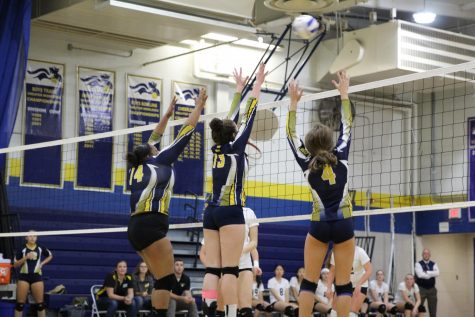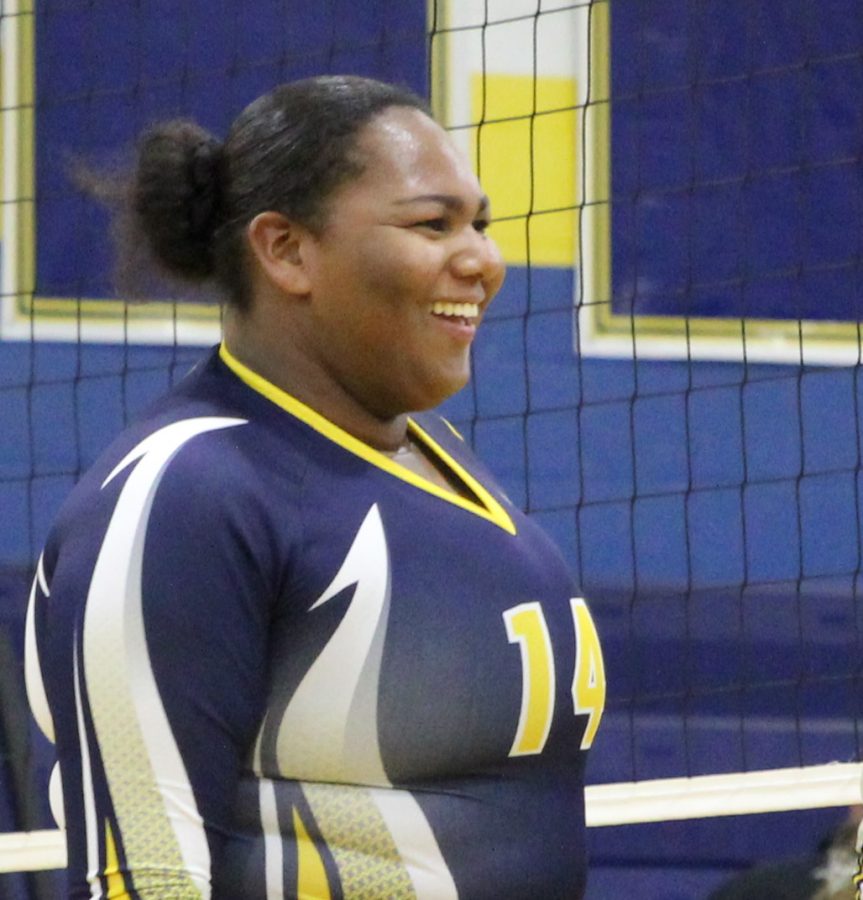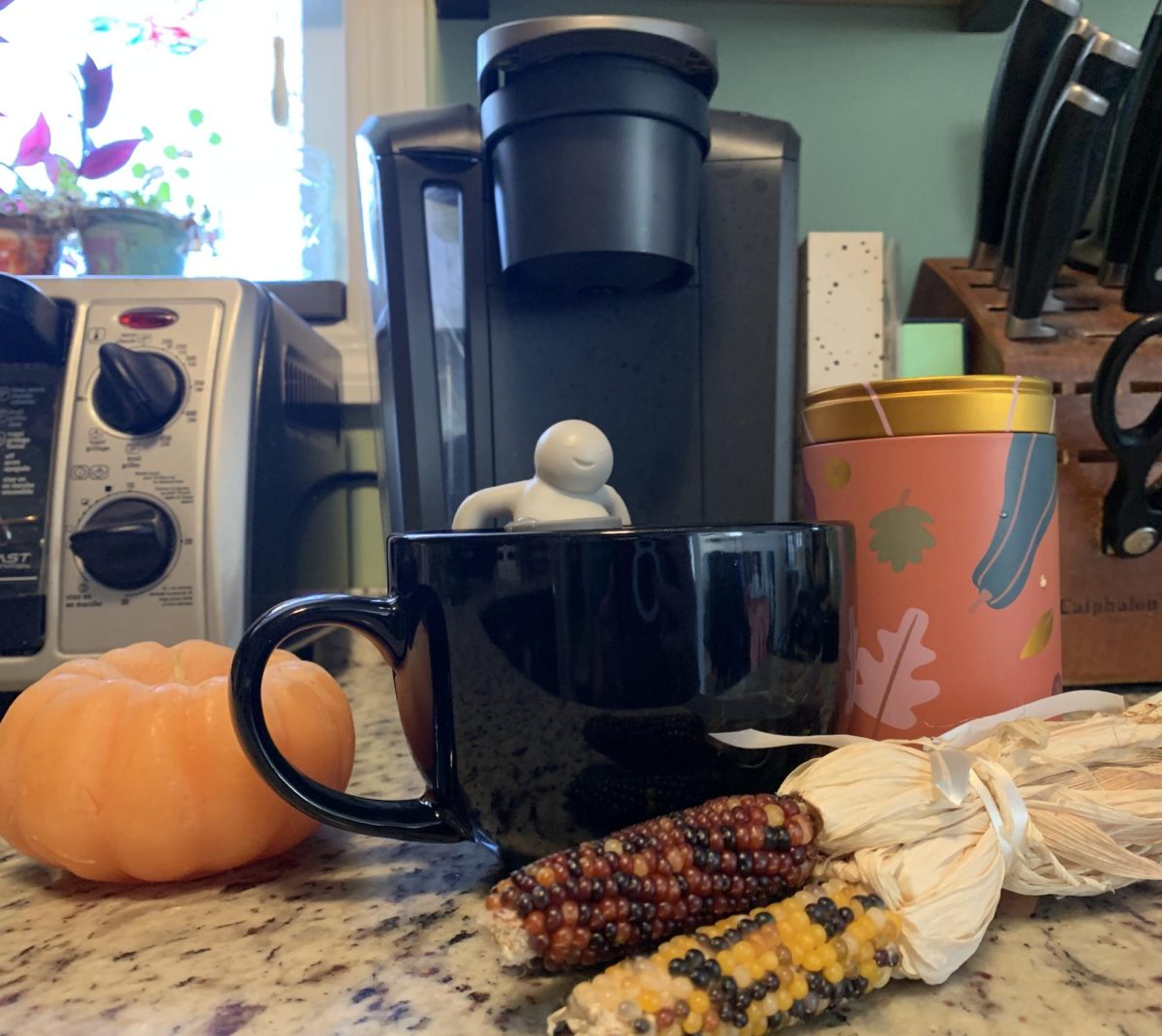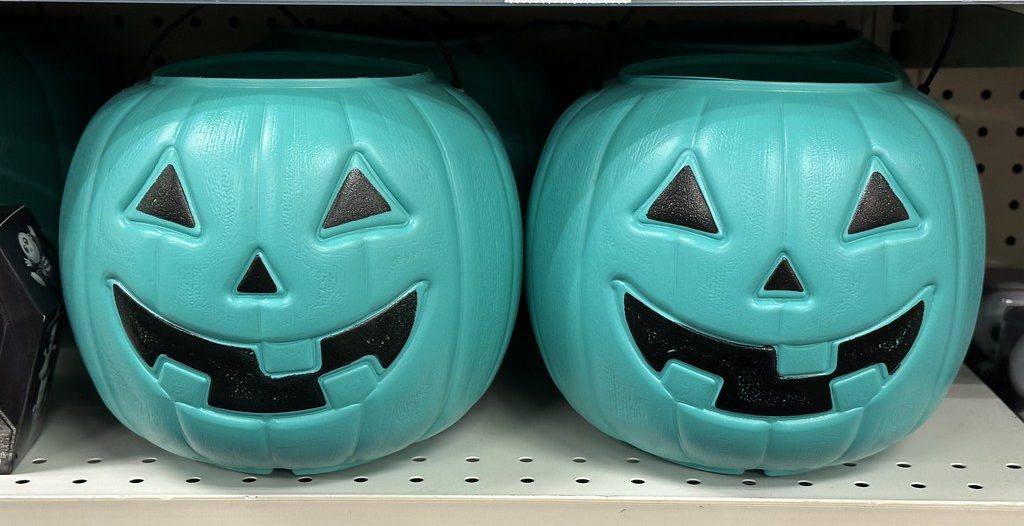A year ago, Colonia High School sophomore, Tiffany Rolon-Locus was enjoying her remaining second season playing for the Colonia’s Girls’ Varsity and JV volleyball team. Having a successful season, Rolon-Locus was not nearly close to expecting what was going to come during her club season that winter. It would change her life for ever.
“High school season had been fun; I loved the girls and just being able to play for Colonia. Once the season ended, I was upset but became really excited for the club season that was soon approaching,” Rolon-Locus said. She had tried out and made a team for Impact Volleyball Club, a club practicing out of Rahway, New Jersey in which she had previously played.
Noticing Something is Wrong
“Towards the middle of club season, my team won a big tournament. Shortly, after I began to feel really ill. I started throwing up a lot, and became very itchy all the time. So, I had went to the doctors for a checkup, and we had taken blood work. I had no idea what was going on with my body,” Rolon-Locus explained.
According to the National Kidney Foundation, one in three adult Americans are at risk for kidney disease and it is the ninth leading cause of death among adults in the U.S. The American Society of Nephrology claims that 570,000 Americans have kidney failure and African Americans are six times more likely than Caucasians to develop kidney failure. Although Chronic Kidney Disease (CKD) is more prevalent in adults generally over the age of 60, HealthyChildren.org claims that cases of CKD in children is steadily increasing over the last twenty years.
Rolon-Locus explained, “2 weeks later, the doctor called my mom, telling her that the tests were abnormal. I had to be taken to the emergency room at St. Barnabas immediately. Once we got there, the doctors told me that my kidneys were completely shutting down. It was a miracle that I was even still alive.”
According to the Mayo Clinic, symptoms of chronic kidney failure or renal failure are: fatigue, not urinating enough, swelling of the ankles or legs, nausea, vomiting, insomnia, loss of appetite, muscle cramps, decreased mental sharpness, chest pains, itchy skin, high blood pressure, and shortness of breath.
Trying Dialysis
From there, Rolon-Locus was put on two types of Dialysis. One being Hemodialysis, which removes waste and excess water by circulating blood outside the body through an external filter. The second was Peritoneal Dialysis where one inserts tubes into the stomach to clean out the body, in place of the kidney. These processes went on for over four months, until the doctors realized that it was not working. Rolon-Locus’s name was put on the Kidney Transplant List.

Only four months after her kidney transplant, Junior Tiffany Rolon-Locus is back on the court playing for the Patriots.
Currently, the Living Kidney Donor Network states that there are over 93,000 people on the kidney transplant waiting list. The average wait time for a kidney transplant is three to five years according to the National Kidney Foundation.
During this time, Rolon-Locus missed a lot of school. “It was hard to keep up with my grades. Being in and out of the hospital, I always had a ton of makeup work. I even spent my entire spring break in the hospital. Thankfully, all of my teachers and classmates were super nice and helped me out,” she said.
Noted in the “Peritoneal Dialysis: What You Need to Know” pamphlet put out by the National Kidney Foundation, “Hemodialysis is usually done
three times a week, several hours each session.”
Kidney Transplant and Recovery
“On July 5th, my sister’s birthday, the doctors told me that they had a kidney available for me. It was one of the greatest days of my entire life,” Rolon-Locus explained. The very next day, Tiffany had her four hour surgery.
To try out for the high school team at the end of the summer was the soon-to-be junior only goal. “I started recovery right away. It was very difficult; I was in a lot of pain that I had to fight through. I had to learn how to walk and jump all over again; it was so frustrating but I’m thankful that I had an amazing support group surrounding me.” Rolon-Locus said that she had worked everyday with her parents to walk up and down the stairs, and around her house.
Team Motivation
At the end of August, only a month after her surgery, the varsity tryouts at Colonia had a surprise guest. “We were running drills, and I see Tiff walk in and start talking to Coach Hennessy,” sophomore Sophia Wintonick said.
“Immediately, when I walked in and start talking to coach. I saw all the girls start running towards me and screaming my name. They all started to hug me, telling me that they had missed me,” Rolon-Locus cheerfully noted.
This is a perfect example of how much Tiffany affects the team, and how much everyone truly loves her. “Tiffany brings such a positive vibe all the time, no matter what. She can be serious when she needs to be, but she will always have a smile on her face, showing that she truly loves the game,” Junior Emma Moran quoted.
Being told that she could slowly start playing volleyball again after recovery, Tiffany was ecstatic. “We were so excited when Tiffany told us that she was cleared. She is a big part of our team, being such a versatile and positive player,” said Junior Parni Monzo.
Back on the Net
Rolon-Locus started playing volleyball when she was in seventh grade for the Avenel Middle School team. “When I started playing, I had no idea what I was doing. I started training once I got to high school and played club. I quickly fell in love with the game.” She also stressed, “I also love being able to play on a team and the chemistry that we have on the court. Everyone is amazing and so supportive.”
Tiffany used this motivation of playing volleyball again to help her through one of the hardest times of her life. Today, only 4 months after her surgery, she starts as an outside hitter for varsity. She helped lead her team to a Division Title and a run in the county tournament. “I’m just so glad that I’m back. We have a huge state tournament coming up, and we are ready.”
Tiffany tells that it was the hardest thing that a fifteen year old could ever go through; being on dialysis, have to get blood work done, doctor visits, recovery and not knowing if she would ever be able to play volleyball again. “I knew I couldn’t give up though, not then, not ever. I have a lot of amazing family and friends who truly care for me. And I have a sport that I truly love.”














